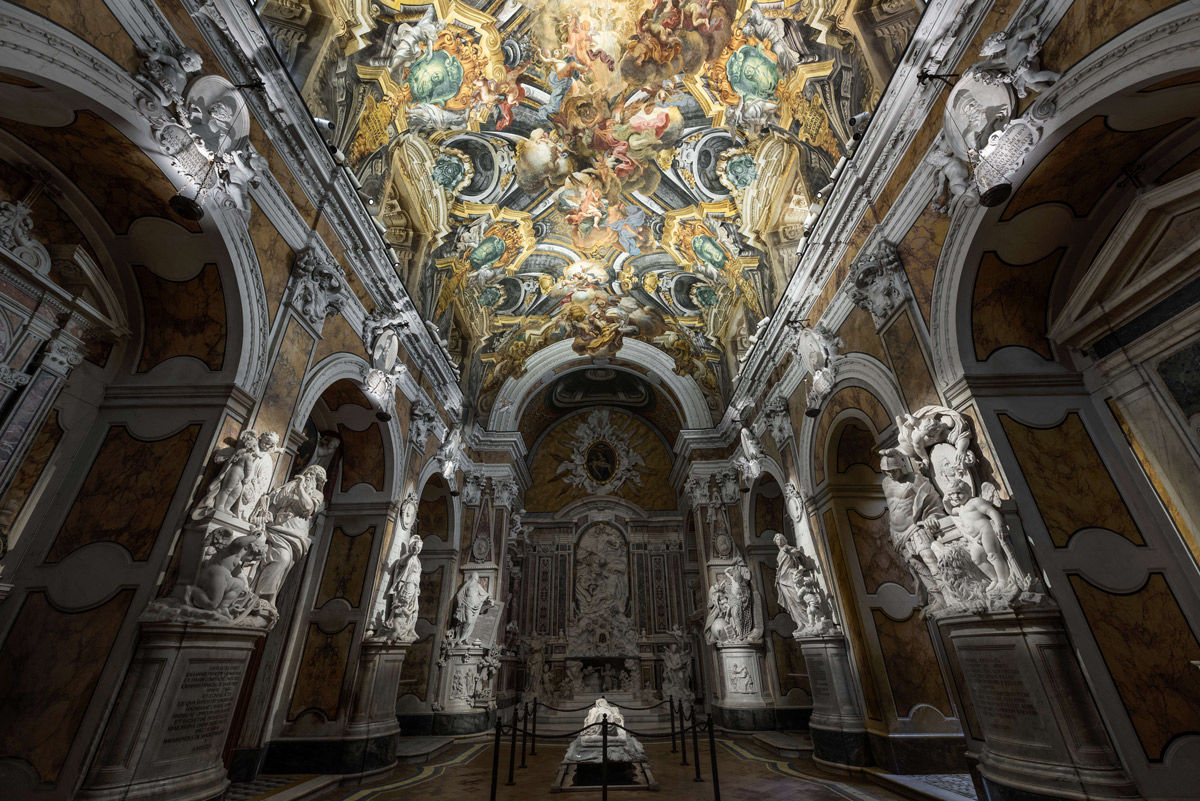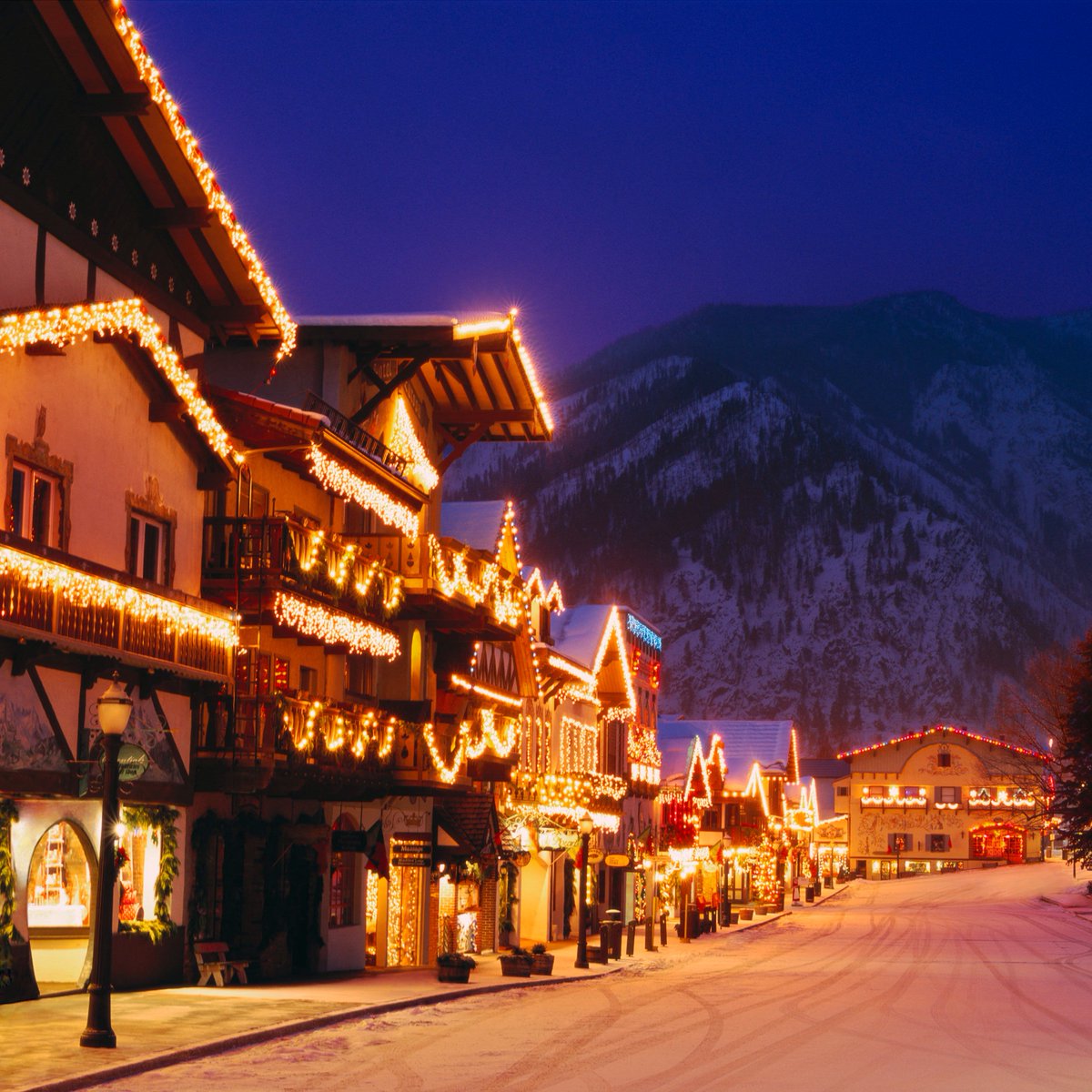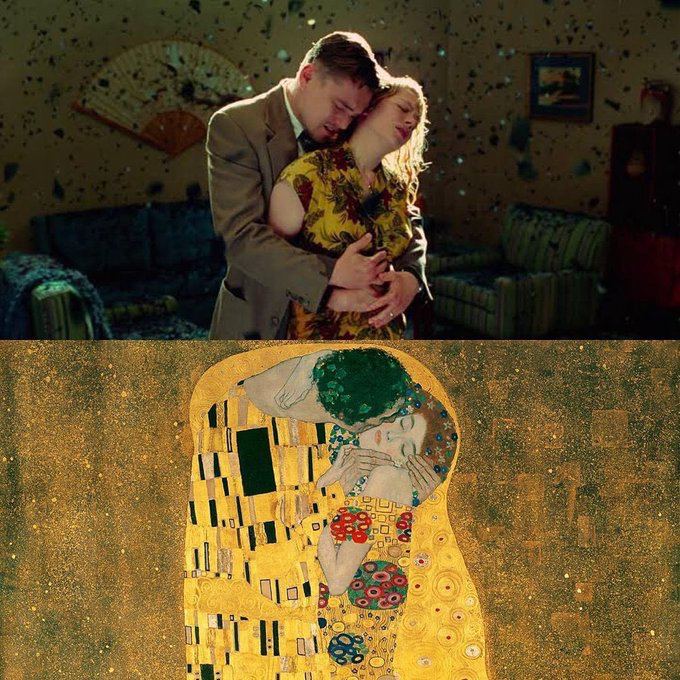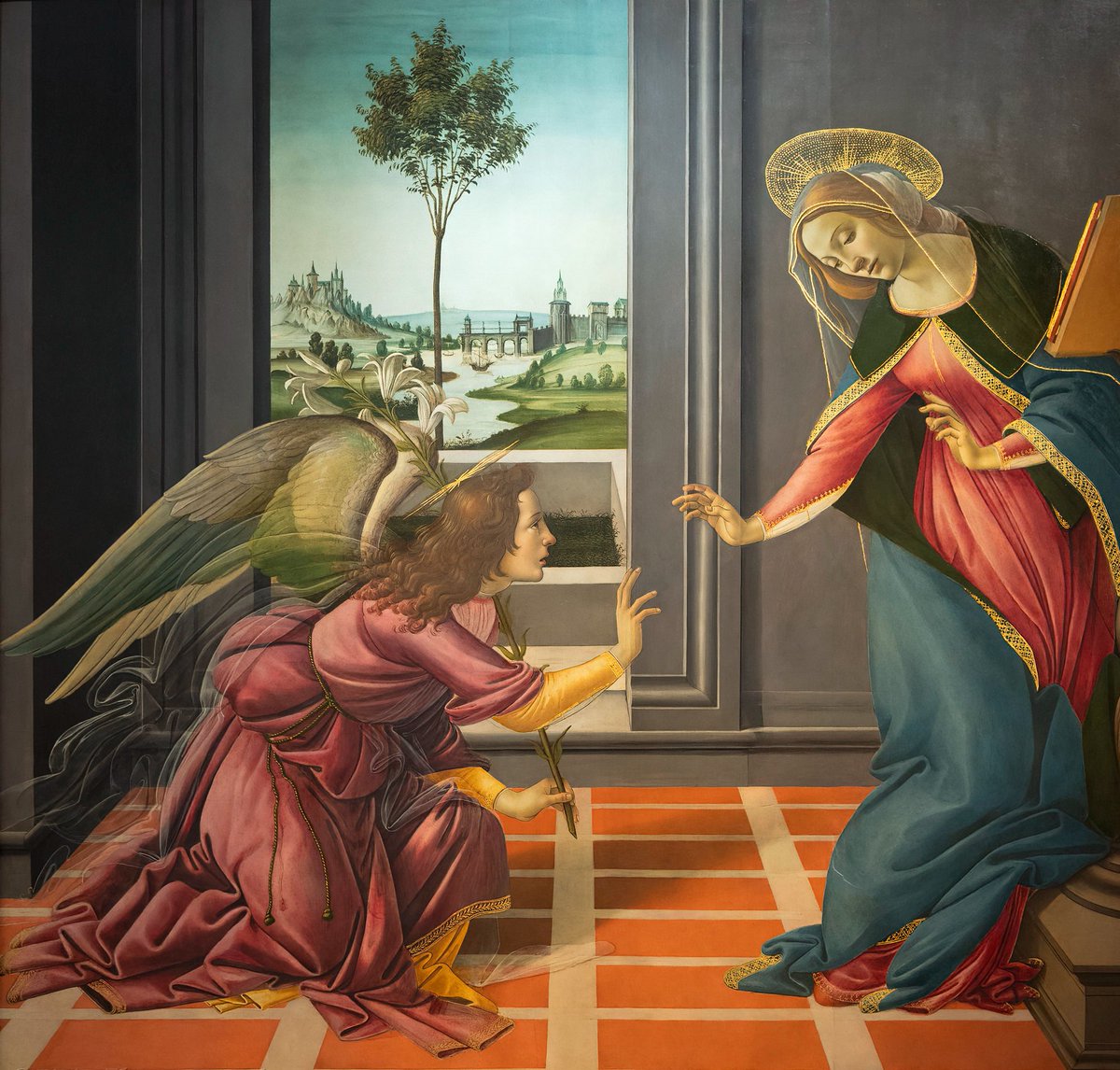The Cappella Sansevero is only a small chapel in Naples, but it's home to several of the most astonishing artworks ever made.
This is what's inside 🧵
This is what's inside 🧵

It originated in the 16th century when the Duke of Torremaggiore was miraculously cured from a serious illness by the Virgin Mary. He erected a small chapel in her honor, which was later transformed into a stunning mausoleum for the noble family. 

It became a treasure trove of 18th century art, commissioned to embellish the chapel and its tombs. It's emblematic of the rich decoration of the Baroque and Rococo eras, crowned by this illusionistic ceiling fresco - an explosion of light. 

Raimondo di Sangro, Prince of Sansevero, was the patron of the chapel's art. He was himself a scientist and inventor, obsessed by anatomy and morphology.
He went about commissioning sculptures that were not just showcases of classical beauty, but intricate anatomical studies.
He went about commissioning sculptures that were not just showcases of classical beauty, but intricate anatomical studies.

At the center of the room is the chapel's crown jewel - Giuseppe Sanmartino's “Veiled Christ”. Sculpted in 1753, it's among the most beautiful depictions of Christ ever rendered from a block of stone. 

Sanmartino took the art of sculpting translucent drapery from stone to its absolute limit here - even Christ's veins are visible beneath the diaphanous veil. Many even accused the artist of alchemy, by placing a real veil over the figure and transforming it to stone.




The 18th century saw a trend of artists pushing one another to see who could stretch marble sculpture to its extreme. A few years before the “Veiled Christ” was completed, Antonio Corradini unveiled this, the “Veiled Truth”. 

It was a tomb monument, one of a 10-statue series of the Virtues. Corradini was famed for his veiled female nudes, and this was the last (and greatest) of his works before he passed away in 1752. The subtle contours visible beneath the veil are captivating. 

The other marble impossibility in the Sansevero is this - “The Release from Deception” by Francesco Queirolo (a pupil of Corradini in Rome). It depicts a fisherman being released from netting by an angel, allegorical to the man being liberated from his sins. 

Queirolo worked at it for 7 years - it was all carved from a single block, including the delicate net. So intricate was the work that 18th-century philosopher Giangiuseppe Origlia described it as “the last and most trying test to which sculpture in marble can aspire.” 

• • •
Missing some Tweet in this thread? You can try to
force a refresh






















